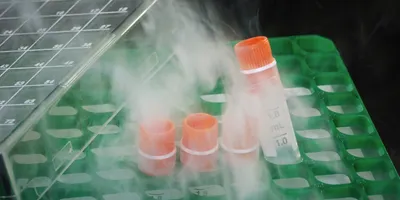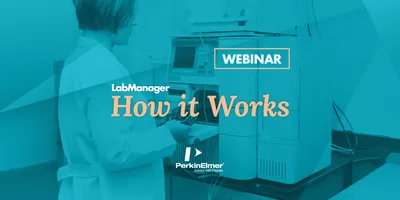Lab managers must make a wide variety of decisions on behalf of the lab every day. Unfortunately, many of these issues require decisions without all of the time, data, input, and alternatives that may be desired. When making decisions with limited information and time, it is often best to follow the advice of Teddy Roosevelt: “In any moment of decision, the best thing you can do is the right thing, the next best thing is the wrong thing, and the worst thing you can do is nothing.” Nearly all of the decisions lab managers make can be changed or amended if new information becomes available or circumstances change. The few permanent decisions require more thought, care, deliberation, and investigation.
Here are three things lab managers can do to improve their ability to make quick decisions to benefit the lab.
#1 – Be decisive
Choose the best option available and make the decision. Beware of doing nothing. Postponing hard decisions helps no one and can lead to the worst outcome. Making the decision promptly allows staff to take the next step actions and helps the lab keep moving forward. Have sufficient humility to admit wrong decisions and make changes when they are needed. Making this decision now does not limit your ability to make a better decision later.
#2 – Beware of decision fatigue
Every decision, independent of magnitude, requires some consideration and energy. One of the difficulties of lab management is that the sheer number of decisions required can wear people out. Be cognizant of the energy required to make decisions and have some awareness of your remaining capacity to decide as the day or week progresses. It might be necessary to reserve a little decision-making energy for late in the day or week to ensure all the decisions required by the lab can be completed. It can also be useful to stop making some kinds of decisions to reserve that decision-making energy for more important actions. For example, I would eat the same thing for lunch every day. It was one decision I no longer needed to make during the day.
#3 – Be in the moment
Some decisions need to be made in the moment. For example, if a question comes up in the lab during a conversation at the bench about a small purchase to make an experiment more successful, it is necessary to make a decision in that interaction. Not all decisions need to be researched and thought about in-depth. Be available to make decisions while you walk through the lab and in your conversations with staff.












